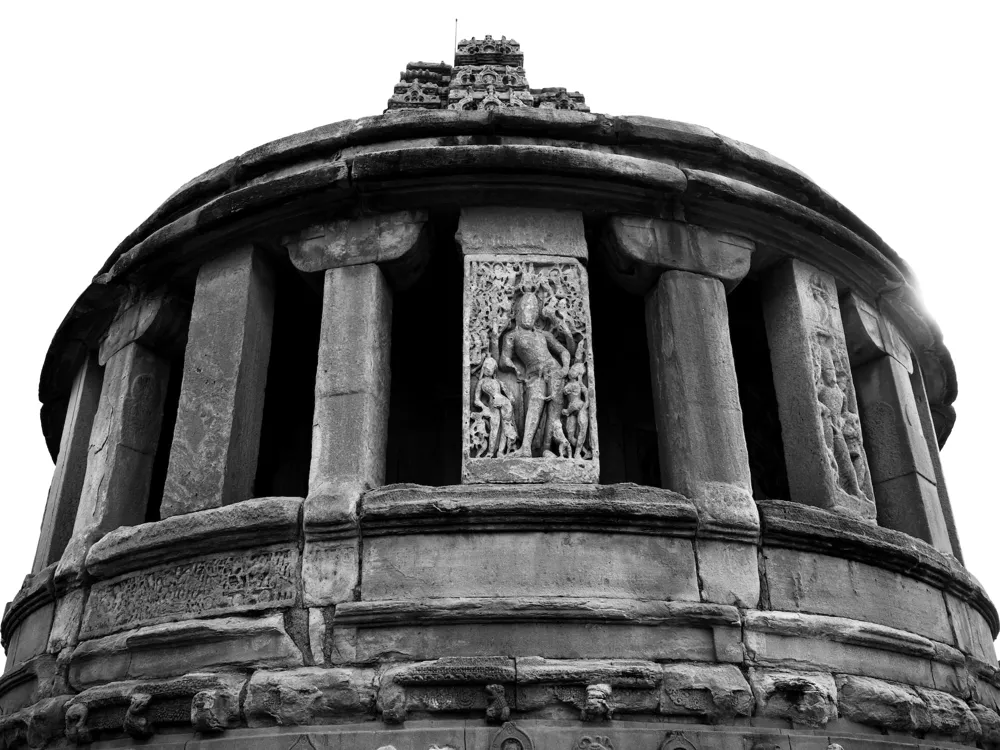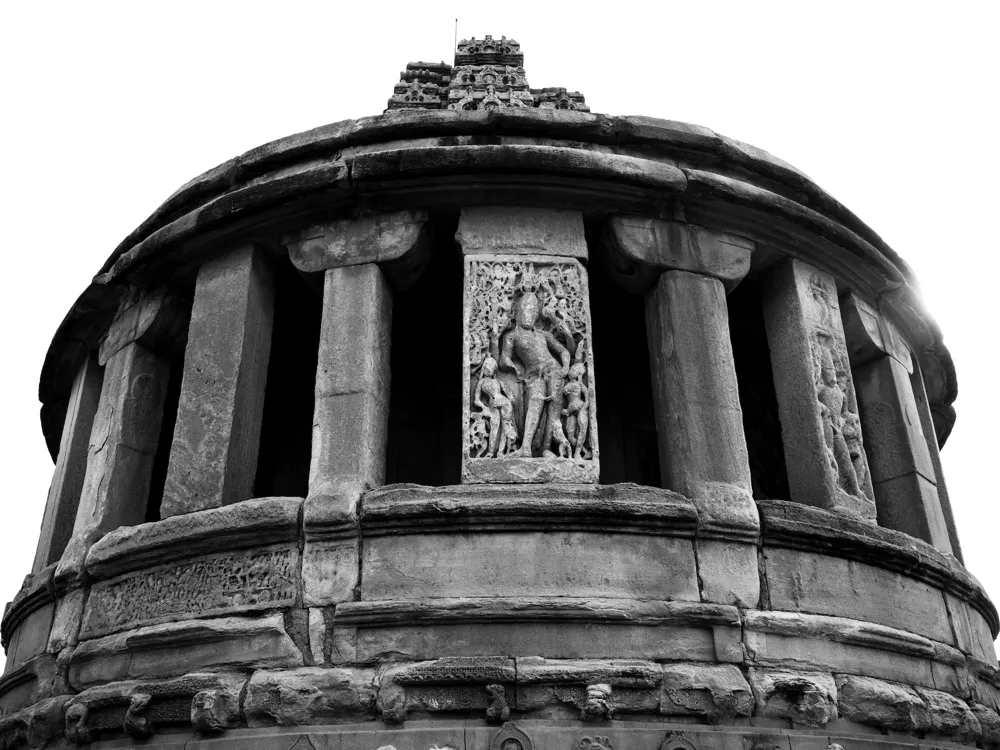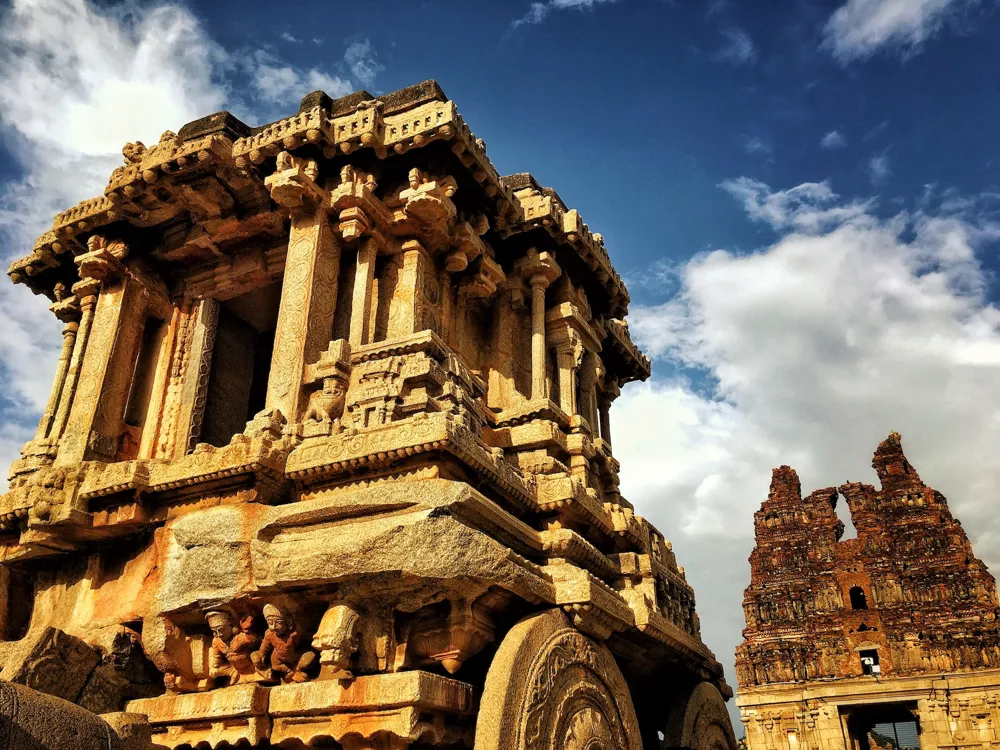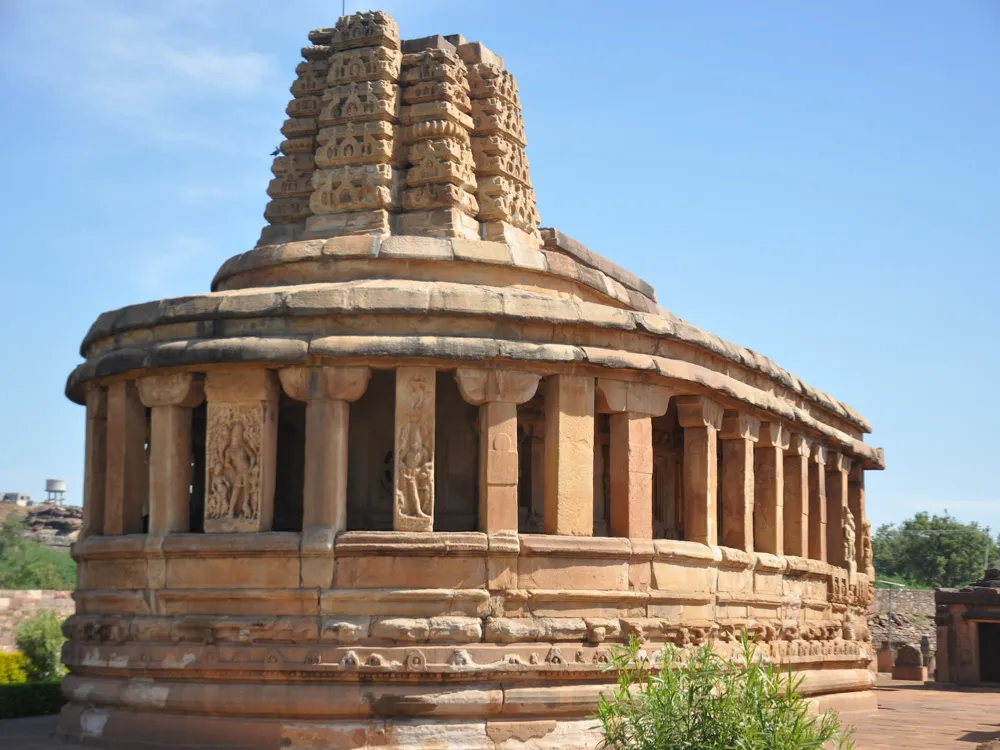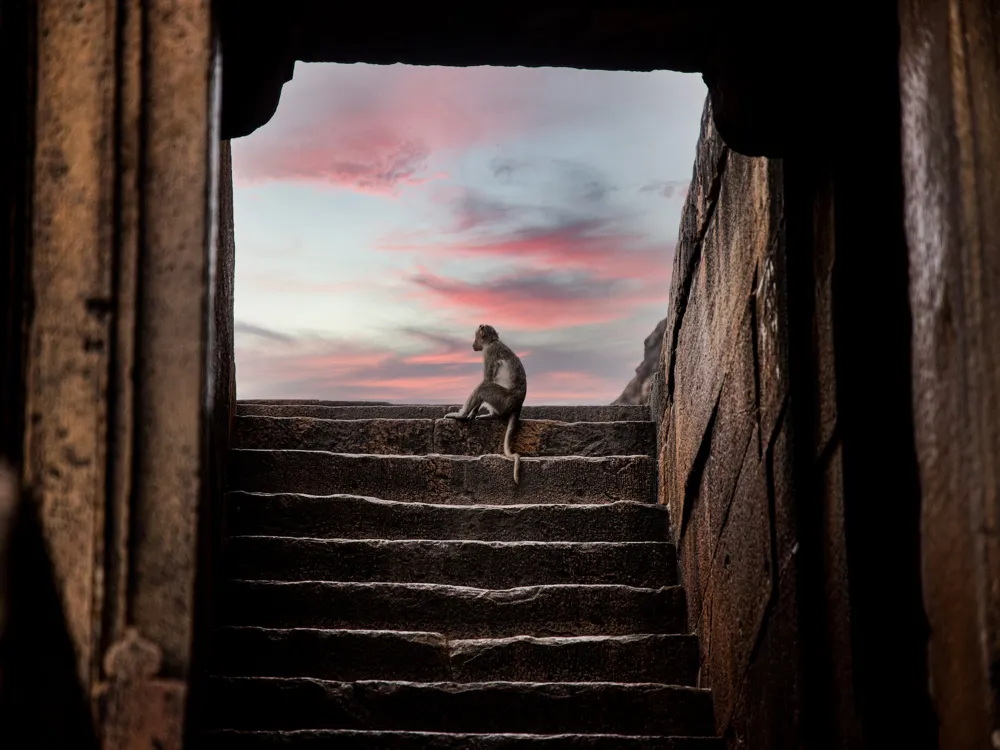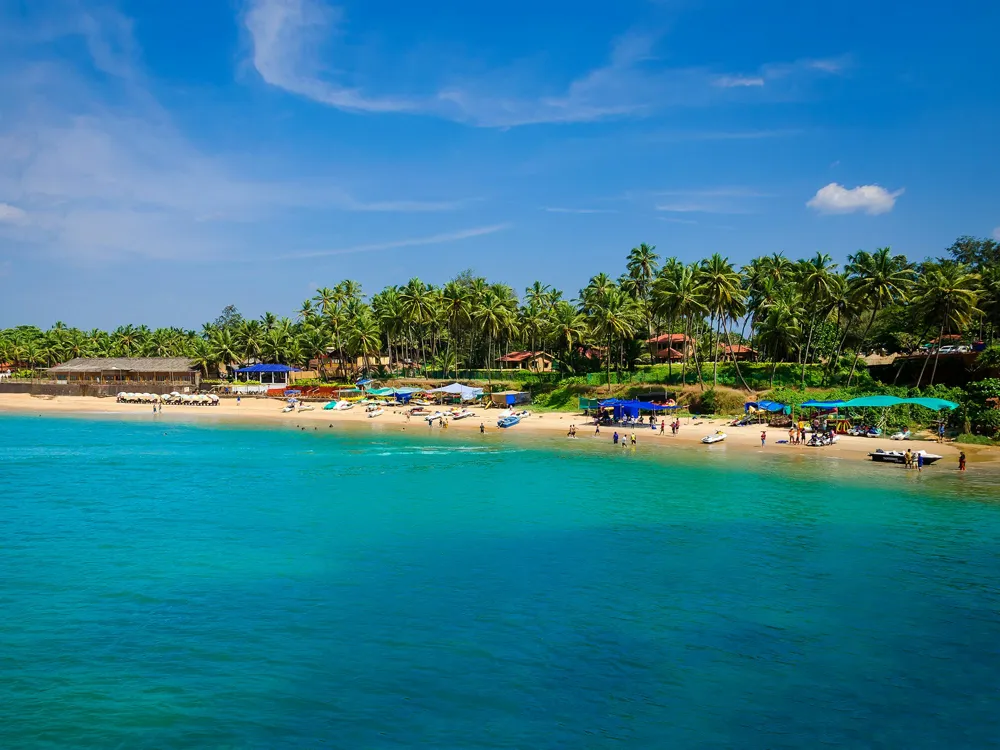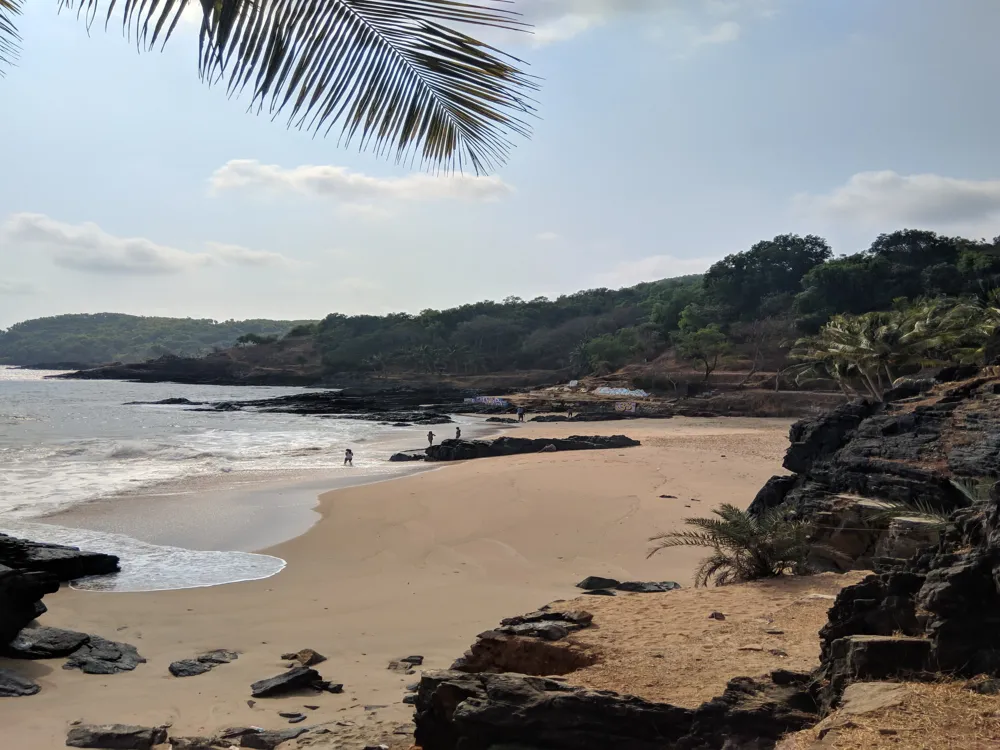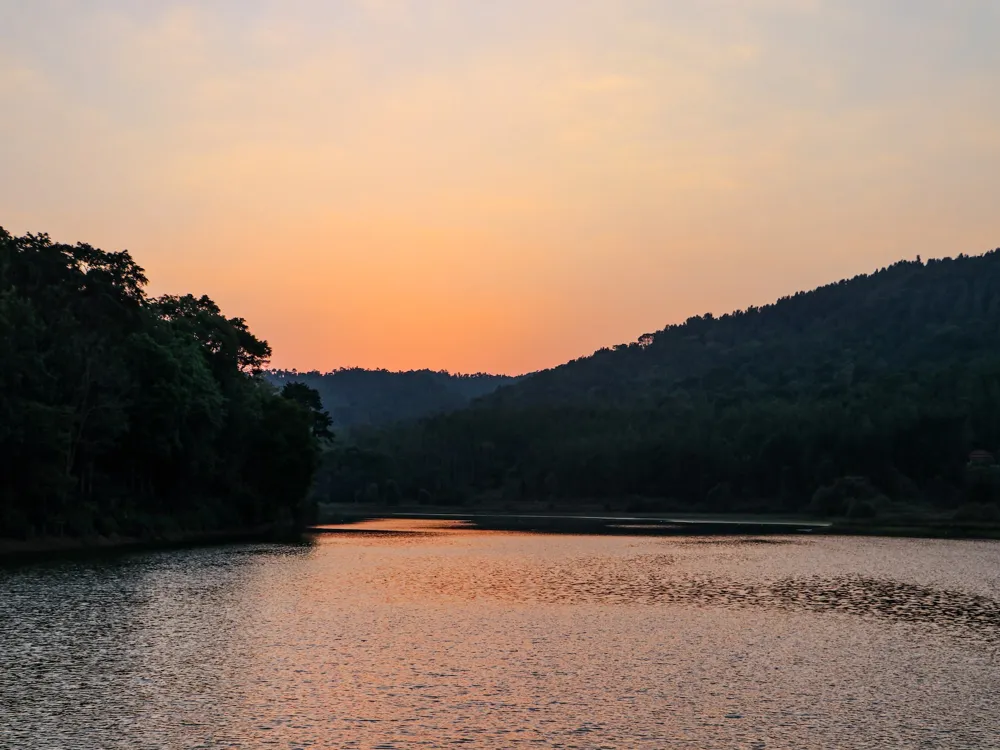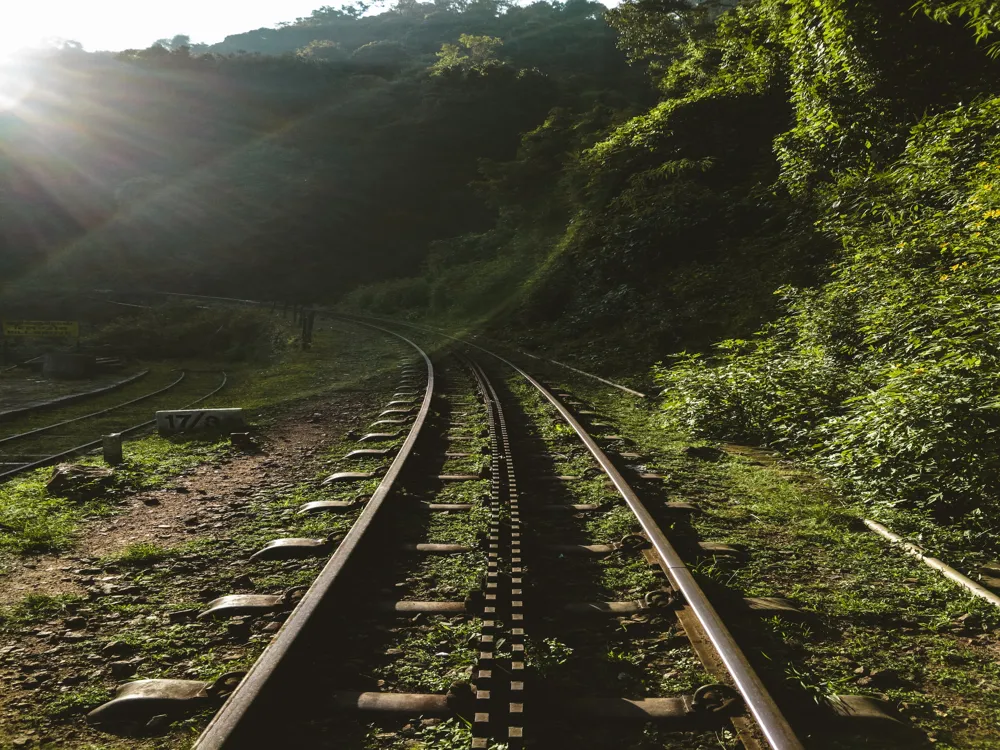The Meguti Group in Aihole, Karnataka, stands as a testament to the rich architectural and historical heritage of India. Aihole, often referred to as the 'Cradle of Indian Temple Architecture,' houses over 125 temples, with the Meguti Group being one of its most significant clusters. This group, dating back to the 6th century CE, embodies the transition from the early Chalukyan style to its mature form, marking a significant epoch in the evolution of Indian temple architecture. The Meguti Group's temples showcase a blend of Dravidian and Nagara styles, unique to the Chalukyan era. Intricate carvings, detailed sculptures, and the use of sandstone are characteristic features. The temples in this group, though now mostly in ruins, offer a glimpse into the socio-religious life of the time, with inscriptions that provide insights into the history and culture of the Chalukyan dynasty. The architecture of the Meguti Group in Aihole is a harmonious blend of various stylistic elements that evolved during the early phase of Indian temple architecture. The group's temples are predominantly built in the Dravidian style, characterized by pyramid-shaped towers or 'vimanas', and the Nagara style, known for its beehive-shaped 'shikharas'. One of the standout features of the Meguti Group's architecture is the 'Sabha Mandapa' or the gathering hall. These halls are supported by intricately carved pillars, each telling a story from ancient Indian scriptures. The ceilings are adorned with finely crafted motifs, depicting scenes from epics like the Mahabharata and the Ramayana. The temples' exteriors are equally impressive, with walls featuring a series of miniature decorative towers, each housing a deity. The ideal time to visit the Meguti Group in Aihole is between October and March. During these months, the weather is pleasant, with cooler temperatures and minimal rainfall, making it conducive for exploration and photography. Visitors are advised to dress modestly, keeping in mind the sacred nature of the temples. Comfortable footwear is recommended as the area requires a fair amount of walking. Additionally, it's important to respect the site's sanctity by avoiding loud noises and littering. Opting for a guided tour can enhance the experience, as knowledgeable guides provide valuable insights into the history, architecture, and legends of the Meguti Group. Many local tour operators offer such services. The Meguti Group in Aihole is well-connected by road and is accessible from major cities in Karnataka. The nearest airport is in Belgaum, about 150 kilometers away, while the closest railway station is in Badami, approximately 30 kilometers from Aihole. Regular bus services and private taxis are available from these points to Aihole. Read More:Overview of the Meguti Group in Aihole, Karnataka
Architecture of the Meguti Group
Tips When Visiting the Meguti Group
Best Time to Visit
Dress Code and Etiquette
Guided Tours
How to Reach the Meguti Group
Meganagudi group
Aihole
Karnataka
NaN onwards
View aihole Packages
Also Refered As:
Jain Meguti Temple
Aihole Travel Packages
View All Packages For Aihole
Top Hotel Collections for Aihole

Private Pool

Luxury Hotels

5-Star Hotels

Pet Friendly
Top Hotels Near Aihole
Other Top Ranking Places In Aihole
View All Places To Visit In aihole
Faq on Aihole
What is the Meganagudi group in Aihole?
The Meganagudi group in Aihole refers to a cluster of ancient Hindu temples dating back to the Chalukya period, located in the town of Aihole in Karnataka, India. It comprises several small temples built between the 6th and 8th centuries CE.
How many temples are there in the Meganagudi group at Aihole?
The Meganagudi group at Aihole consists of around six temples, each showcasing unique architectural styles and intricate carvings.
What is the significance of the Meganagudi group in Aihole?
The Meganagudi group holds significant historical and architectural importance as it represents the early experimentation and development of temple architecture in South India, particularly under the Chalukya dynasty.
When were the temples of the Meganagudi group built?
The temples of the Meganagudi group were constructed during the 6th to 8th centuries CE, marking a crucial period in the evolution of Dravidian temple architecture.
What are some notable features of the temples in the Meganagudi group?
The temples in the Meganagudi group exhibit various architectural features such as intricate carvings, decorative motifs, and experimental layouts, offering insights into the early stages of temple construction in the region.
View aihole Packages
Jain Meguti Temple
Aihole Travel Packages
View All Packages For Aihole
Top Hotel Collections for Aihole

Private Pool

Luxury Hotels

5-Star Hotels

Pet Friendly
Top Hotels Near Aihole
Other Top Ranking Places In Aihole
Faq on Aihole
What is the Meganagudi group in Aihole?
The Meganagudi group in Aihole refers to a cluster of ancient Hindu temples dating back to the Chalukya period, located in the town of Aihole in Karnataka, India. It comprises several small temples built between the 6th and 8th centuries CE.
How many temples are there in the Meganagudi group at Aihole?
The Meganagudi group at Aihole consists of around six temples, each showcasing unique architectural styles and intricate carvings.
What is the significance of the Meganagudi group in Aihole?
The Meganagudi group holds significant historical and architectural importance as it represents the early experimentation and development of temple architecture in South India, particularly under the Chalukya dynasty.
When were the temples of the Meganagudi group built?
The temples of the Meganagudi group were constructed during the 6th to 8th centuries CE, marking a crucial period in the evolution of Dravidian temple architecture.
What are some notable features of the temples in the Meganagudi group?
The temples in the Meganagudi group exhibit various architectural features such as intricate carvings, decorative motifs, and experimental layouts, offering insights into the early stages of temple construction in the region.








